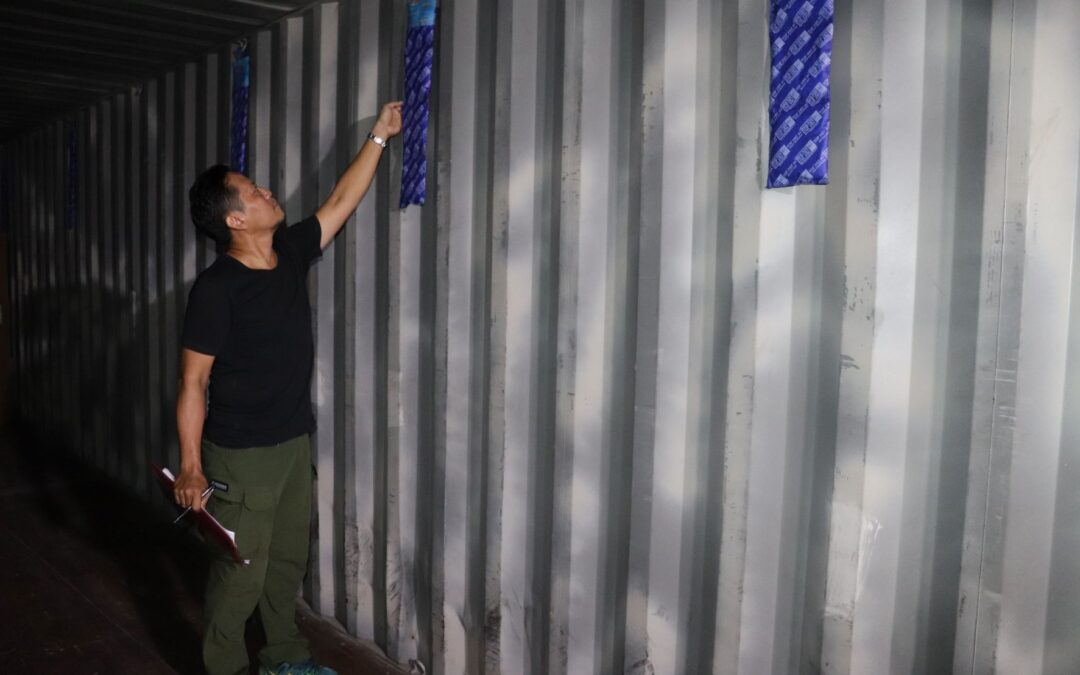One of the most effective and efficient ways to avoid unexpected container and product damage is by conducting a container loading inspection. It is important to have a container inspection technique and checklist as a standard guideline so that you as an importer will have detailed information about your container conditions to secure your products inside.
Do you want to know the most common defects discovered during container inspections? Continue reading!
A damaged shipping container can cost you more than you can expect. When you are not paying much attention to your container condition, it can cause a variety of damages during the loading and shipping, resulting in damaged products and costly repairs.
To ensure that your products inside are safe, you have to make sure that your container is in a good condition and should be inspected, cleaned, and repaired regularly.
Here are some common issues found during the container inspection:
Bad smells
Smells in the container from the previous shipment can transfer to your products. The smells could be caused by things that were previously transported in the container, or by residual unpleasant chemical cleaning agents.
Stains
Textiles can be easily stained by grease and dirt left from other things, such as machinery, that were previously transported in the container.
Holes in container sides
This is the most important thing to ensure before you load the products inside the container. Water and dust can go inside the container through the holes in the container’s ceilings, floors, and walls. Holes might occur as a result of dents and surface damage caused by the shipment and handling of the container.
Mold
Dampness and humidity encourage mold to grow, particularly on the floors, which can contaminate the product and create a horrible smell.
How to prevent container damage?
Damaged shipping containers could cost you more money and time to handle the issue. Conducting container loading supervision as a preventive action could be your solution to minimize the issue.
The Container Loading Supervision (CLS) will take place right before the vendor/factory/manufacturer is supposed to load the goods inside the container; it is aimed to supervise the loading process. This Container Loading Supervision usually takes place at the factory. It can also be performed at your forwarder’s premises. Furthermore, some highlights of this inspection are the status and the condition of the container, the quantity of the boxes, and how the manufacturer loads the products into the container.
Contact us for more information about The Container Loading Supervision in Indonesia.

